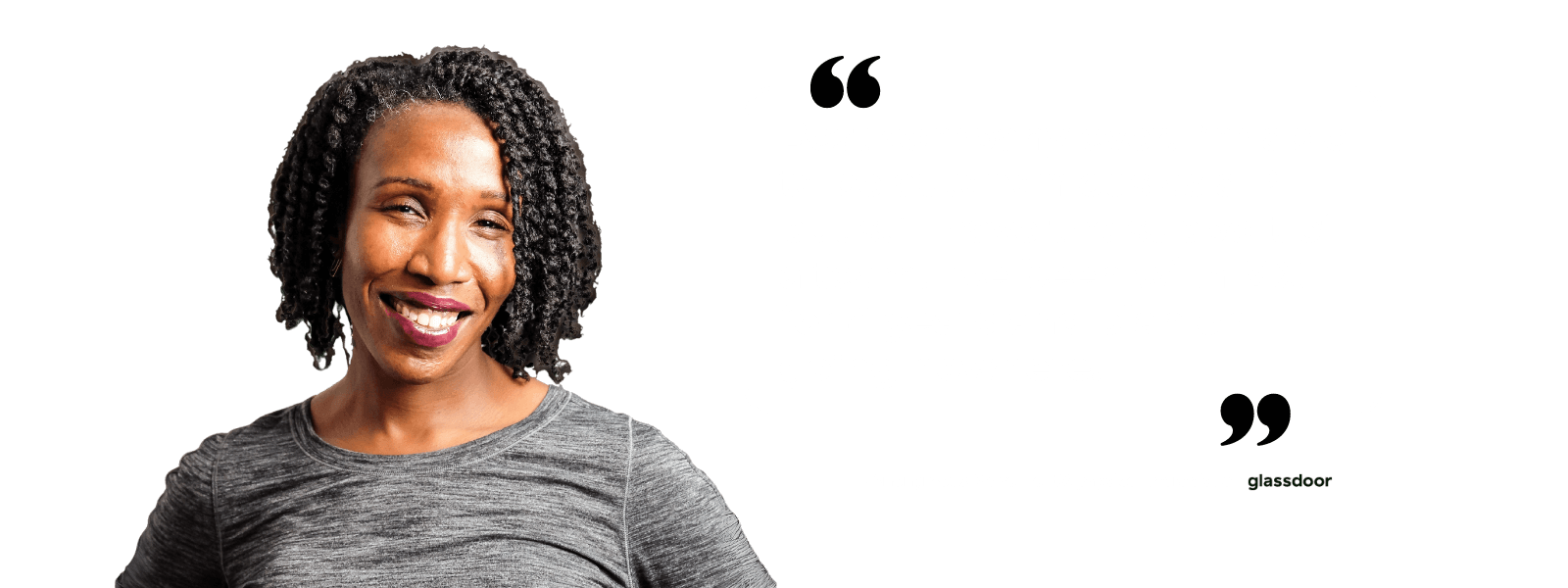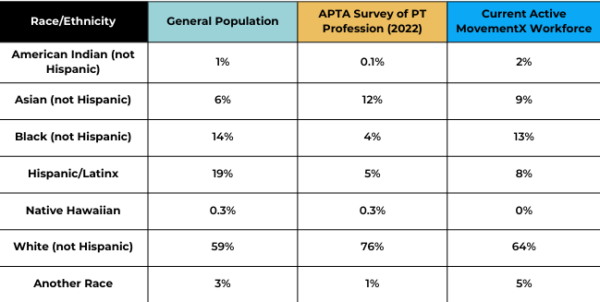As Featured In…






Reignite Your PassionReclaim Your TimeRediscover Your Career
Rediscover Your Career
High productivity standards, low pay, and constant admin burden are burning out up to 50% of PTs in traditional clinic settings.
At MovementX, we believe physical therapists deserve more—more flexibility, income, benefits, and job satisfaction.
Discover why joining our growing community may be the perfect next move for your PT career.


PT JOBS AVAILABLE NOW
Flexible & High-Paying PT Jobs Near You
MovementX is currently hiring passionate physical therapists in our five strongest regions. If you live in (or are willing to relocate to) one of these five areas, we strongly encourage you to apply now to join our team.
OUR CULTURE
Moving Beyond the Traditional PT Mill
MovementX was originally founded by four physical therapists who believed in a better way of caring for their patients. Today and every day, our nationwide organization remains values-driven to empower PTs to practice at the top of their game.
Nationwide, nearly 1 in every 2 PTs are burnt out. At MovementX, it’s less than 1 in every 10.
FEATURES AND BENEFITS
What Our PTs Love About MovementX
As a MovementX provider, you enjoy all of the benefits of running your own practice—without the headaches.
★ ★ ★ ★ ★
Almost too good to believe? We hear that a lot.
Check out what our PTs are saying on Glassdoor.
FREQUENTLY ASKED QUESTIONS
How MovementX Works
Learn more about how MovementX helps PTs practice with more flexibility, fulfillment, and income potential.
MovementX Company Overview
Application & Hiring Process
Compensation & Benefits
Patient Care & Treatment
Marketing & Caseload Building
Work Environment & Culture
Technology & Resources
Professional Development
A Week In The Life as a MovementX Provider
We’re setting a new standard of work-life balance. Imagine having more time with your family, more time for your morning routine, and more time with your patients. Most MovementX providers see 20 patients per week and maintain a comfortable six-figure PT salary (one that’s more than $35,000 more than national averages). Click here to read more about what your typical week might look like if you join MovementX.
Discover the MovementX Difference
As a MovementX provider, you’ll step into a thriving ecosystem where the ultimate goal is your success.
You’ll instantly receive the strong community support, marketing expertise, schedule flexibility, full-time benefits, and growth opportunities you need to thrive as a PT.
Rather than risking multiple years and further debt to reinvent the private practice wheel—join MovementX and say hello to your dream PT career where you can truly thrive.
Check Out Our PT Resources
Stay up-to-date with the latest cash-pay physical therapy content and PT career updates from MovementX.
Read More of Our Glassdoor Reviews
WHO WE LOOK FOR
Are You Ready to Join the Movement?
If you answer “Yes!” to all of the questions on the right, we encourage you to schedule a discovery call to learn more. This simply gets you in touch with our team to chat more, but it could be one small step towards a big leap for your PT career. You can start within a week or a few months—the call is yours.
If you’re uncertain or want to find out more, click the link below to see if you’re ready to begin your PT career at MovementX.ke our readiness quiz by cl by clicking
STAY IN THE KNOW
Keep Up With Our Every Move
Subscribe to our monthly email newsletter to stay in the know. It’s packed with free resources, breaking insights, and exciting updates you don’t want to miss. You can also follow @MovementXinc on social media.



































